Vital signs are physical resources and processes (such as air, water, climate, fire, erosion), biological attributes (such as species and biological communities), and ecological processes (such as disturbance and productivity) that occur within park ecosystems. I&M networks, in conjunction with parks, select a subset of vital signs that can represent the overall health or condition of park natural resources. Learn more about vital signs.
By monitoring vital signs over the long term, the Gulf Coast Network and park staff can determine if significant changes are happening and can begin to understand why. Such knowledge is essential for meeting the NPS mission of preserving park resources "unimpaired for future generations."
In situations where natural areas have been so highly altered that normal processes no longer operate, monitoring can also help natural resource managers develop the most effective approach to restoration or ecologically sound management.
The Gulf Coast Network monitors seven vital signs in total, with each being monitored in one or more of eight parks. The network also provides techical assistance to parks on selected topics. See the pages below for more information on each vital sign and technical assistance topic.
Vital Signs and Technical Assistance
-
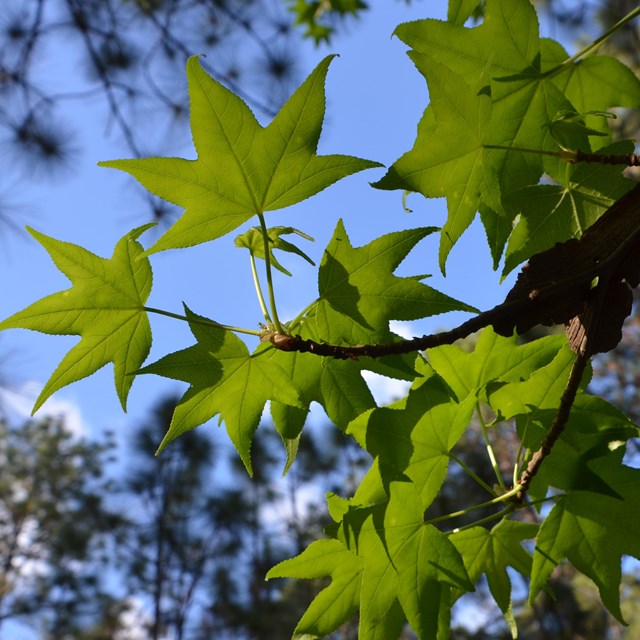 Vital Sign: Terrestrial Vegetation
Vital Sign: Terrestrial VegetationPlant communities are fundamental to all parks. Using permanent plots, the network tracks their composition and condition over time.
-
 Vital Sign: Landbirds
Vital Sign: LandbirdsThe Gulf Coast is a major flyway, breeding area, and over-wintering area for many bird species
-
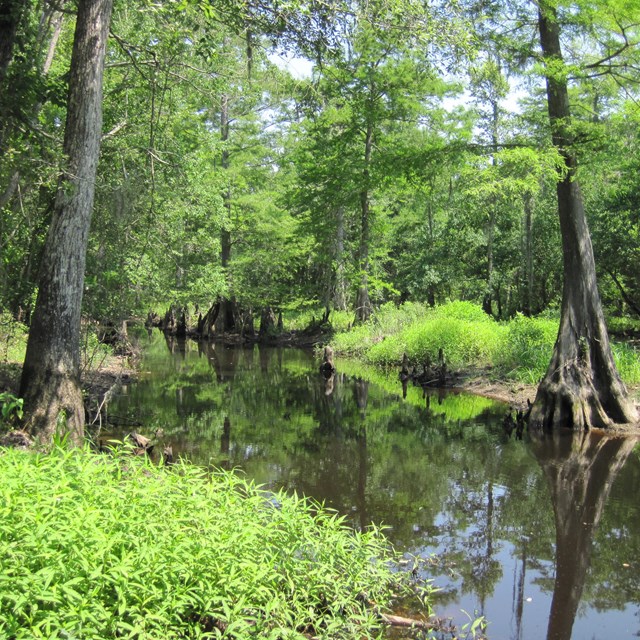 Vital Sign: Water Quality
Vital Sign: Water QualityThe network monitors water quality in freshwater, coastal and estuarine systems through a range of sampling methods and partnerships
-
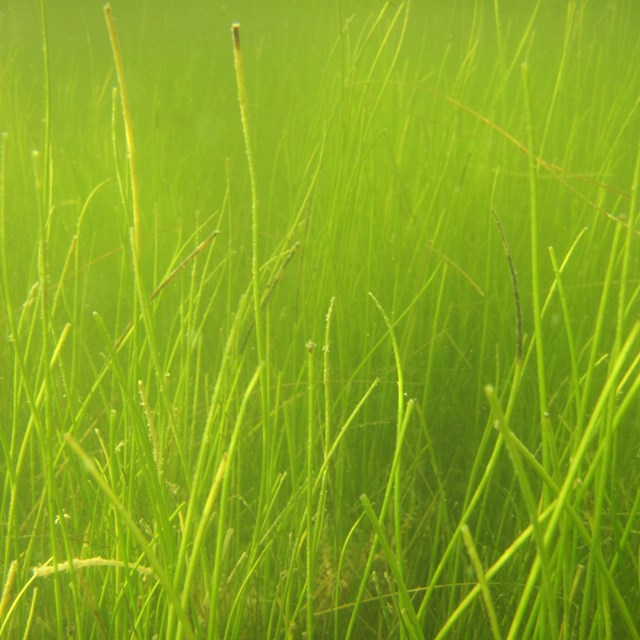 Vital Sign: Seagrass
Vital Sign: SeagrassThe network tracks the condition of seagrass communities using data on species composition, height, percent cover, and local water quality
-
 Vital Sign: Texas Tortoise
Vital Sign: Texas TortoiseThe Texas Tortoise is endemic to Texas and Mexico. The population at Palo Alto Battlefield NHP is monitored for demographics and health
-
 Vital Sign: Amphibians
Vital Sign: AmphibiansAll Gulf Coast Network parks host diverse amphibian species; when monitored, they can serve as sensitive environmental indicators
-
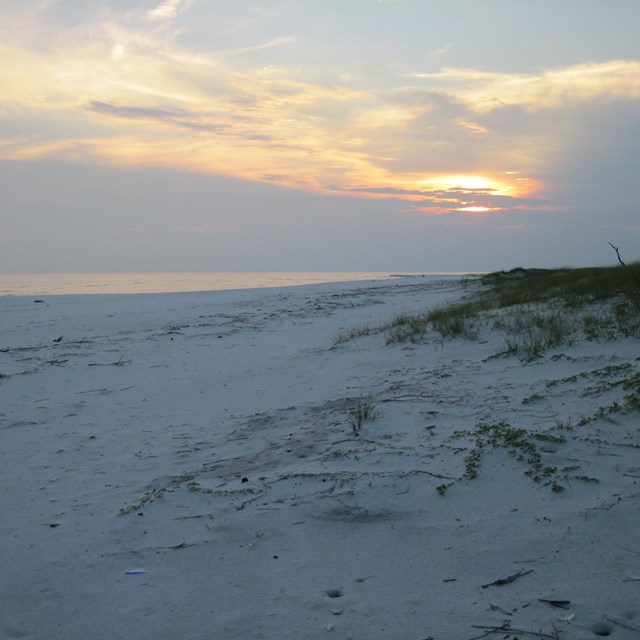 Vital Sign: Coastal Geomorphology
Vital Sign: Coastal GeomorphologyGeomorphology (surface form, topography and elevation) is a very high priority vital sign for monitoring on our two barrier islands
-
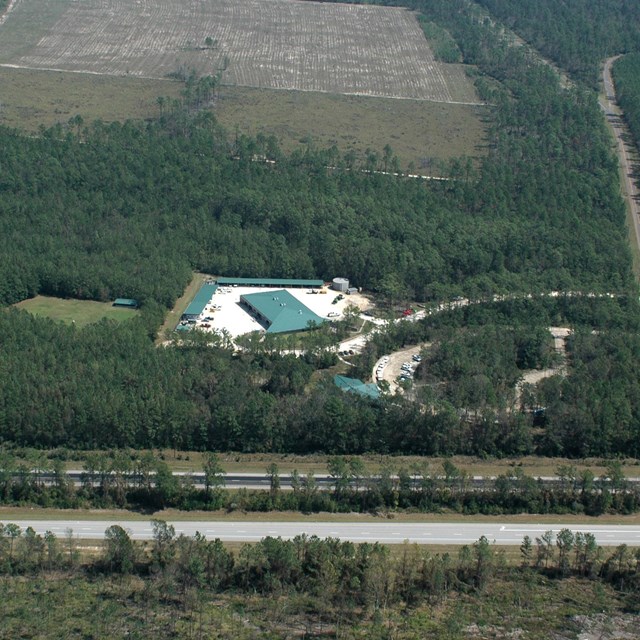 Technical Assistance: Adjacent Land Use
Technical Assistance: Adjacent Land UseOne of the highest priority management concerns for parks in the network is changing land use outside of the park boundaries
-
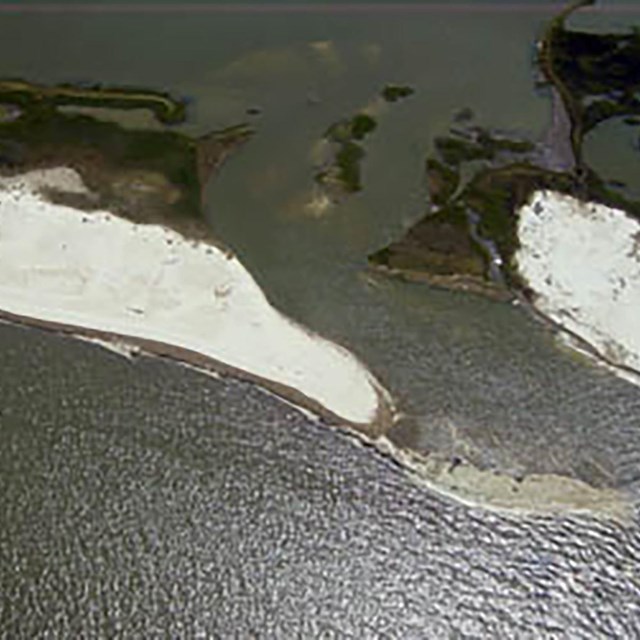 Technical Assistance: Weather & Climate
Technical Assistance: Weather & ClimateWeather and climate are key drivers of ecosystem structure and function
Last updated: April 24, 2018
